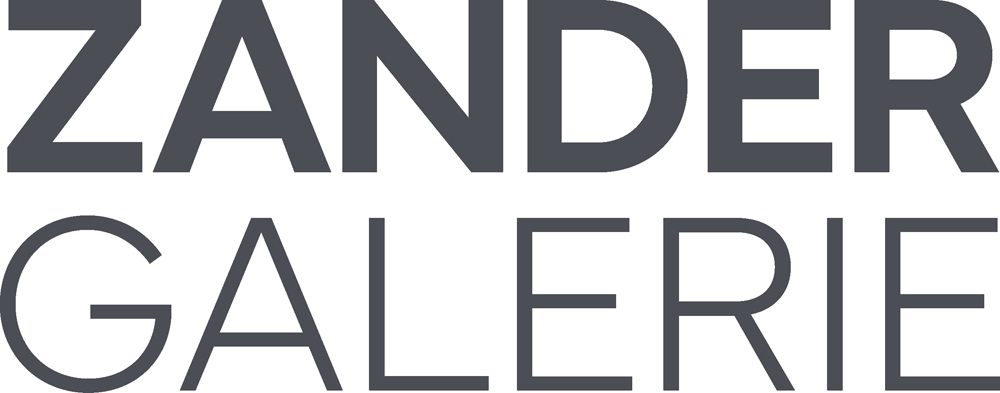Robert Frank
None
Info
Considered one of the most influential figures in the history of photography, Robert Frank (1924-2019) redefined the aesthetic of both the still and the moving image via his pictures and films.
Soon after his emigration to New York in 1947, Alexey Brodovitch hired Frank as a fashion photographer for Harper’s Bazaar. The position brought many occasions for travel, and Frank’s impressions of the United States, in comparison to other places, impacted his work. After receiving his first Guggenheim Fellowship in 1955, Frank embarked on a two-year trip across America during which he took over 28,000 pictures. Eighty-three of those images were ultimately published in Frank’s groundbreaking monograph The Americans, first by Robert Delpire in 1958 in Paris, and a year later by Grove Press in the United States. Frank’s unorthodox cropping, lighting, and sense of focus attracted criticism. His work, however, was not without supporters. Beat writers Jack Kerouac and Allen Ginsberg felt a kinship with Frank and his interest in documenting the fabric of contemporary society. Eventually The Americans jettisoned Frank into a position of cultural prominence; he became the spokesperson for a generation of visual artists, musicians, and literary figures both in the United States and abroad.
In 1959 Frank began making films. They are characterized by an improvisational quality that belies their careful planning. His 1972 documentary of the Rolling Stones on tour is perhaps Frank’s best-known film. When he returned to still photography, his work began to include autobiographical elements and a snapshot aesthetic. He also created narratives using text and multiple frames of images whose negatives he deliberately scratched and altered. In a career spanning over fifty years, Frank inflected his perspective on our world-at-large to produce a body of work that defies easy classification beyond its singularly experimental nature.
Frank’s photography and films have been the subject of exhibitions in the United States and abroad since Edward Steichen first included Frank’s photographs in the 1950 group show 51 American Photographers at the Museum of Modern Art, New York. Frank was given his first solo show, Robert Frank: Photographer, by the Art Institute of Chicago in 1961, and the Museum of Modern Art again highlighted Frank’s work in the 1962 exhibition Photographs by Harry Callahan and Robert Frank. Zurich’s Kunsthaus mounted the first retrospective of Frank’s photographs in 1974, and others soon followed. Frank was the recipient of many honors, including two Guggenheim Fellowships, the first awarded to a European photographer (1955, 1956). His work can be found in collections worldwide, including the Addison Gallery of American Art, the Art Institute of Chicago; the Corcoran Gallery of Art, Washington, D.C.; the Detroit Institute of Arts; Fotomuseum Winterthur, Switzerland; the George Eastman House, Rochester; Maison Européene de la Photographie, Paris; the Metropolitan Museum of Art, New York; the Museum Folkwang, Essen, Germany; the Museum of Modern Art, New York; the National Gallery of Art, Washington, D.C.; the National Gallery of Canada, Ottawa; the Philadelphia Museum of Art; the San Francisco Museum of Modern Art; Stiftung fur die Photographie, Kunsthaus, Zurich; the Tate Modern, London; the Victoria and Albert Museum, London; and the Whitney Museum of American Art, New York. In 1990 the National Gallery of Art in Washington, D.C., established the Robert Frank Collection.
